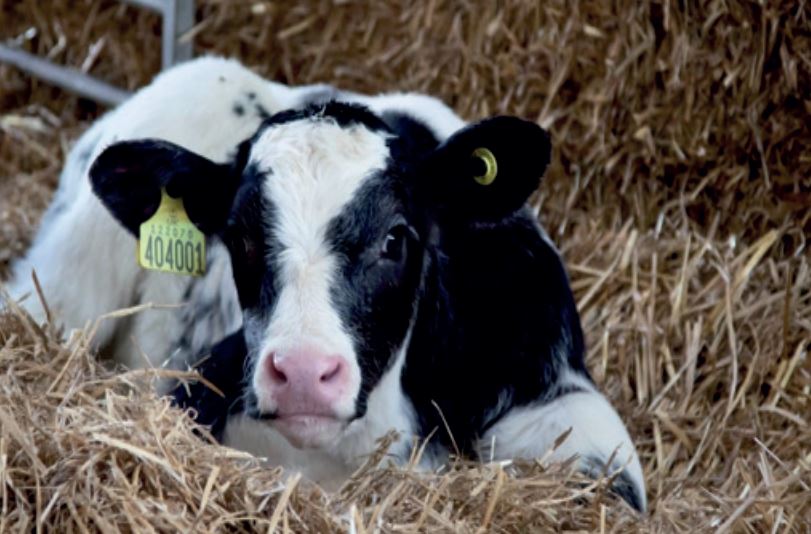A 2012 trial at Harper Adams University College compared the progress of two groups of Holstein Friesian and Continental x calves on different milk feeding systems.
One group was fed Shine Once-a-day and the other Shine Twice-a-day.
The calves had ad-lib access to dry feed, straw and water at all times and were offered 600g of a skim milk, buttermilk-based milk replacer each day.
The shine once-a-day fed (OAD) calves were weaned five days earlier and were 7.8kg heavier at 12 weeks of age compared to the calves fed Shine Twice-a-day (TAD).
Table 1: Calf performance 0-12 weeks
There was also a saving of one hour’s labour per calf reared on the OAD system.
This means farmers have more time to inspect their calves and treat illness quickly so the welfare of the calves is improved.
Table 2: Animal performance
Thereafter the calves were treated similarly and reared as bulls finished at 13-14 months of age on an intensive cereal beef system (see tables 2-4).
The performance of both the Holstein and Continental x bulls on trial exceeded the UK’s EBLEX targets for intensive cereal beef production.
Numerically the calves reared on the OAD system had higher slaughter weights, daily liveweight gains, carcass weights and carcass values, but the difference was not statistically significant (P=<0.05).
There was no difference in carcass gain as the TAD calves had a higher killing out percentage.
Table 3: Carcass characteristics (£/bull)
Table 4: Financial performance (£/bull)
Using a high quality milk replacer
It is important to use a high quality skim-based milk replacer, as using cow’s milk on its own or standard calf milk reduces performance in the first five-to-six weeks.
Correct Once-a-day feeding tends to reduce scours in calves as the product is more slowly digested compared with standard calf milks.
The trials main conclusion is that calves do not compensate later on for poorer performance in the first eight-to-12 weeks of life.
Getting calves to eat dry feed early is vital as this is the engine for intakes and growth later in life.
Feeding the right milk replacer Once-a-day increases intakes and performance at no extra cost and less labour.
As calves will convert 3kg of meal into 1kg of growth compared to 250-300g for an older animal it also makes economic sense as well.
It is worth noting that for calves to eat meal they need water regardless of how much milk they are fed.
Savings with Once-a-day feeding
According to Tom Warren of Bonanza Calf Nutrition, feeding calves milk once a day saves on water, electricity, and milk powder and allows more time for calf husbandry, while at the same time it improves calf performance.
So it is a true win, win, win situation for calf welfare, the environment and the farmers pocket, he added.
For more information on feeding calves once-a-day phone Bonanza calf nutrition on 042 9329176 or Click here






